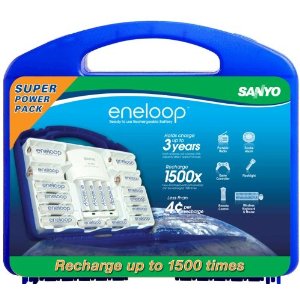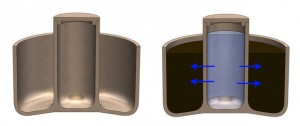Amazon has started a new e-commerce site, Vine.com, where they’re focused on selling environmentally-friendly products. Vine offers free two day shipping on orders over $49, 95% recycled shipping boxes, and supposedly intelligent shipping software to ensure an appropriate box size (without all the wasted space I often find in Amazon packages). They have a pretty broad selection of green products, such as seeds from Seeds of Change, organic catnip for your cats (really), recycled toilet paper, yoga supplies, and, well, you get the idea.
It’s always best to BUY LESS STUFF…but when you do need something, buy eco-smart…and websites like Vine help out there.






